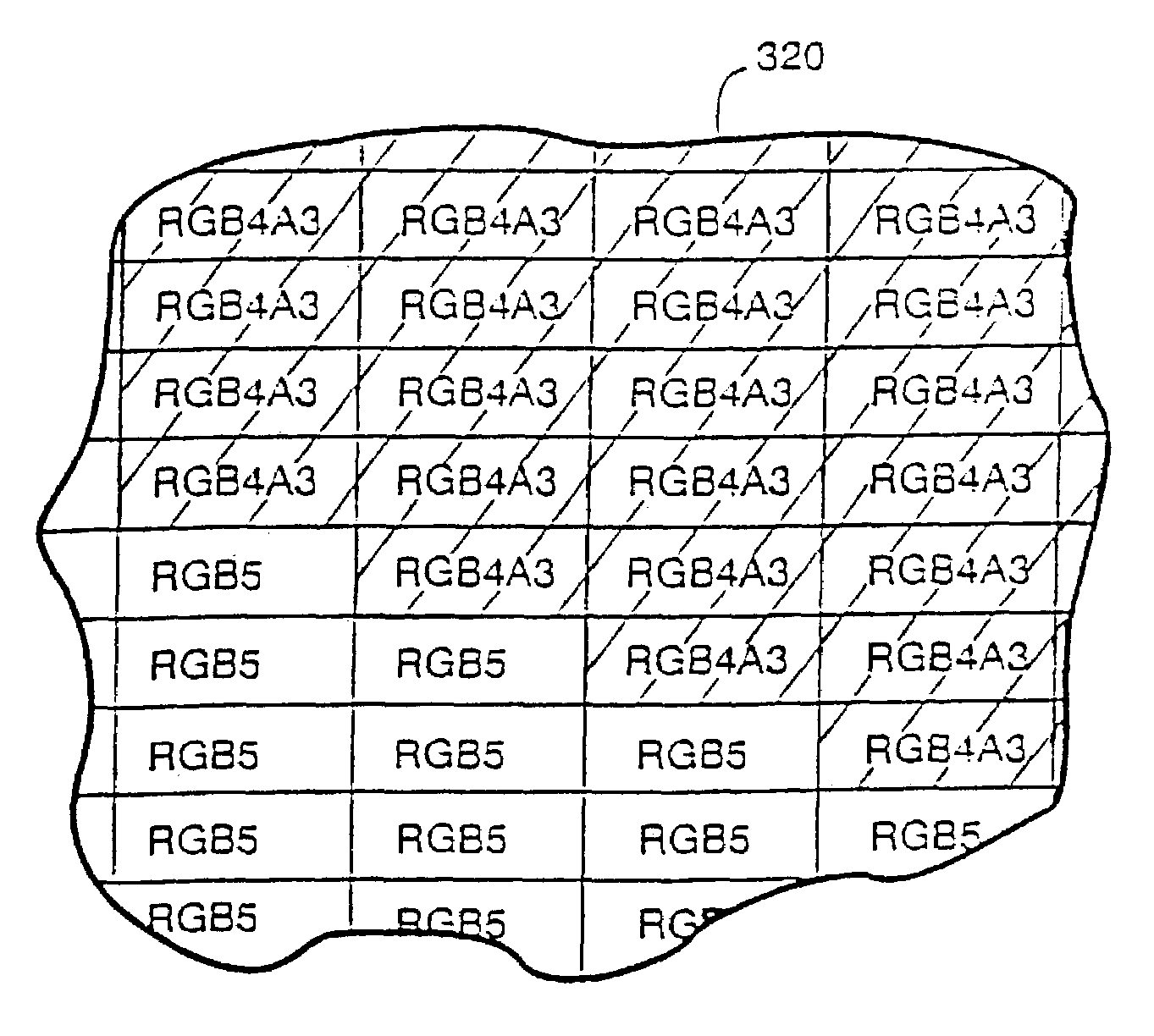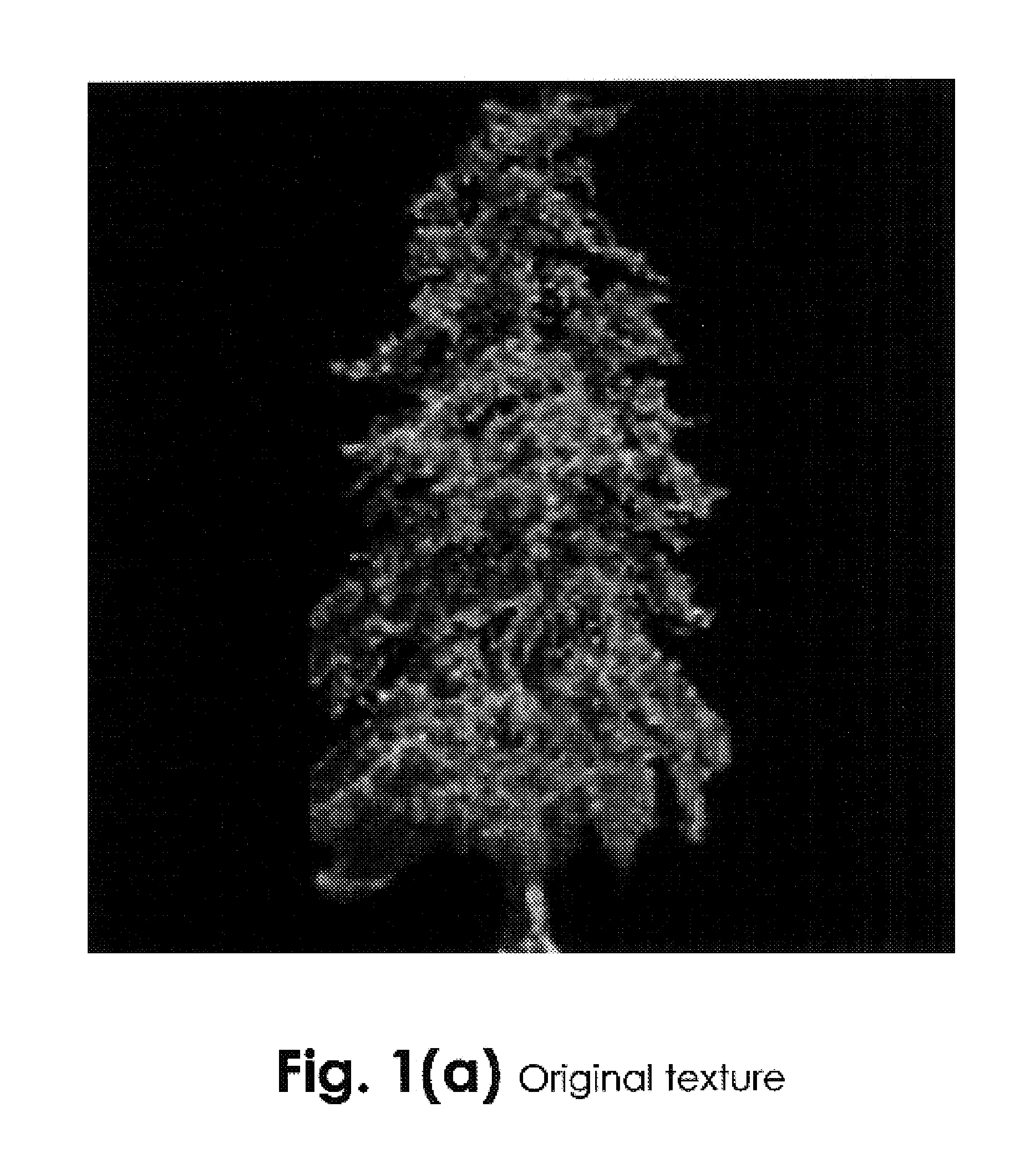Variable bit field color encoding
a variable bit field and color encoding technology, applied in the field of computer graphics, can solve the problems of limited use of computer-generated three-dimensional graphics, limited color reproduction, and limited color reproduction, and achieve the effects of increasing color resolution, increasing color resolution, and increasing color resolution
- Summary
- Abstract
- Description
- Claims
- Application Information
AI Technical Summary
Benefits of technology
Problems solved by technology
Method used
Image
Examples
Embodiment Construction
[0037]FIG. 2A is a schematic diagram of an overall example interactive 3D computer graphics system 100 in which the present invention may be practiced. System 100 can be used to play interactive 3D video games accompanied by interesting stereo sound. Different games can be played by inserting appropriate storage media such as optical disks into an optical disk player 134. A game player can interact with system 100 in real time by manipulating input devices such as handheld controllers 132, which may include a variety of controls such as joysticks, buttons, switches, keyboards or keypads, etc.
[0038]System 100 includes a main processor (CPU) 102, a main memory 104, and a graphics and audio coprocessor 106. In this example, main processor 102 receives inputs from handheld controllers 132 (and / or other input devices) via coprocessor 100. Main processor 102 interactively responds to such user inputs, and executes a video game or other graphics program supplied, for example, by external s...
PUM
 Login to View More
Login to View More Abstract
Description
Claims
Application Information
 Login to View More
Login to View More - R&D
- Intellectual Property
- Life Sciences
- Materials
- Tech Scout
- Unparalleled Data Quality
- Higher Quality Content
- 60% Fewer Hallucinations
Browse by: Latest US Patents, China's latest patents, Technical Efficacy Thesaurus, Application Domain, Technology Topic, Popular Technical Reports.
© 2025 PatSnap. All rights reserved.Legal|Privacy policy|Modern Slavery Act Transparency Statement|Sitemap|About US| Contact US: help@patsnap.com



